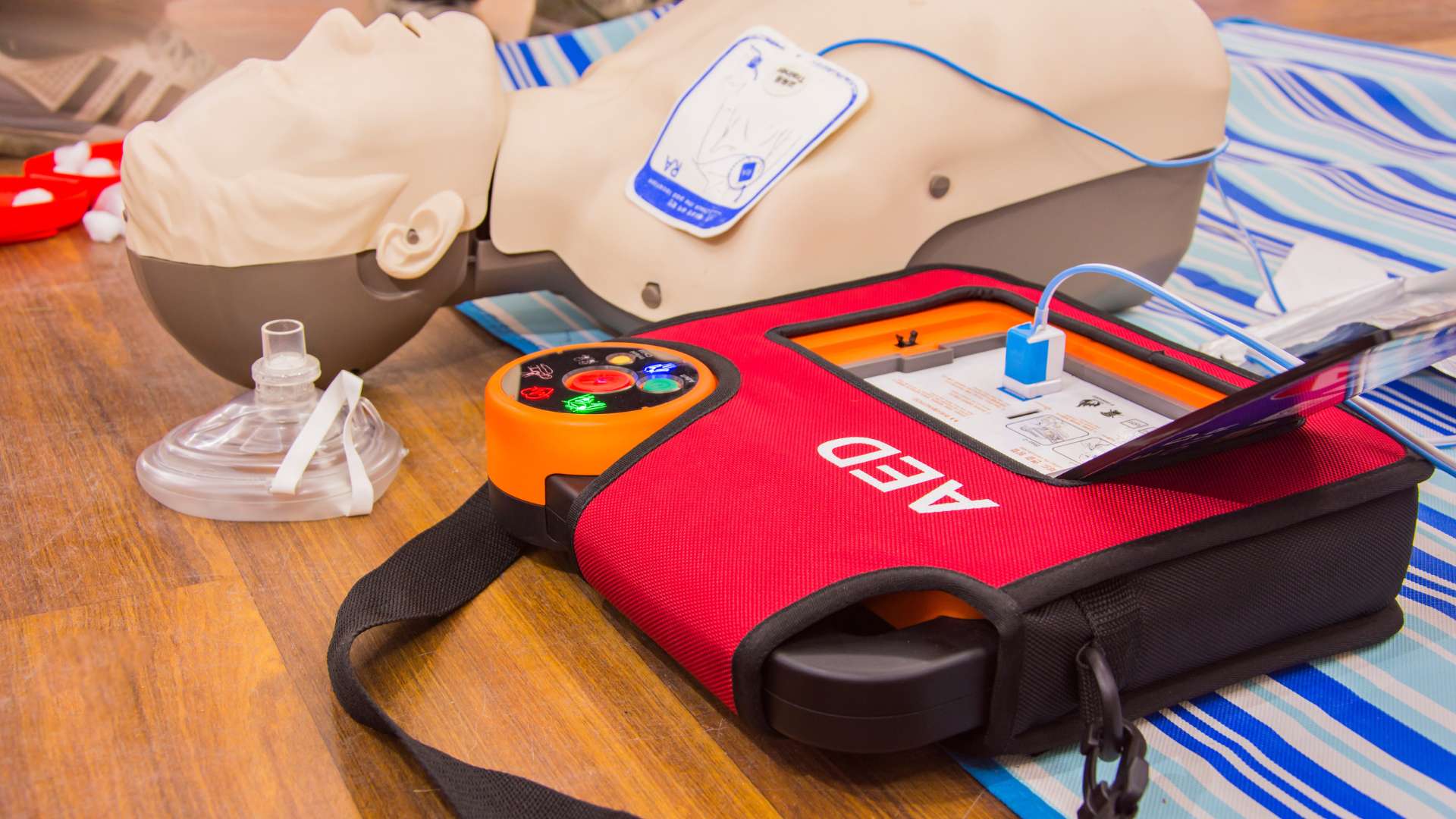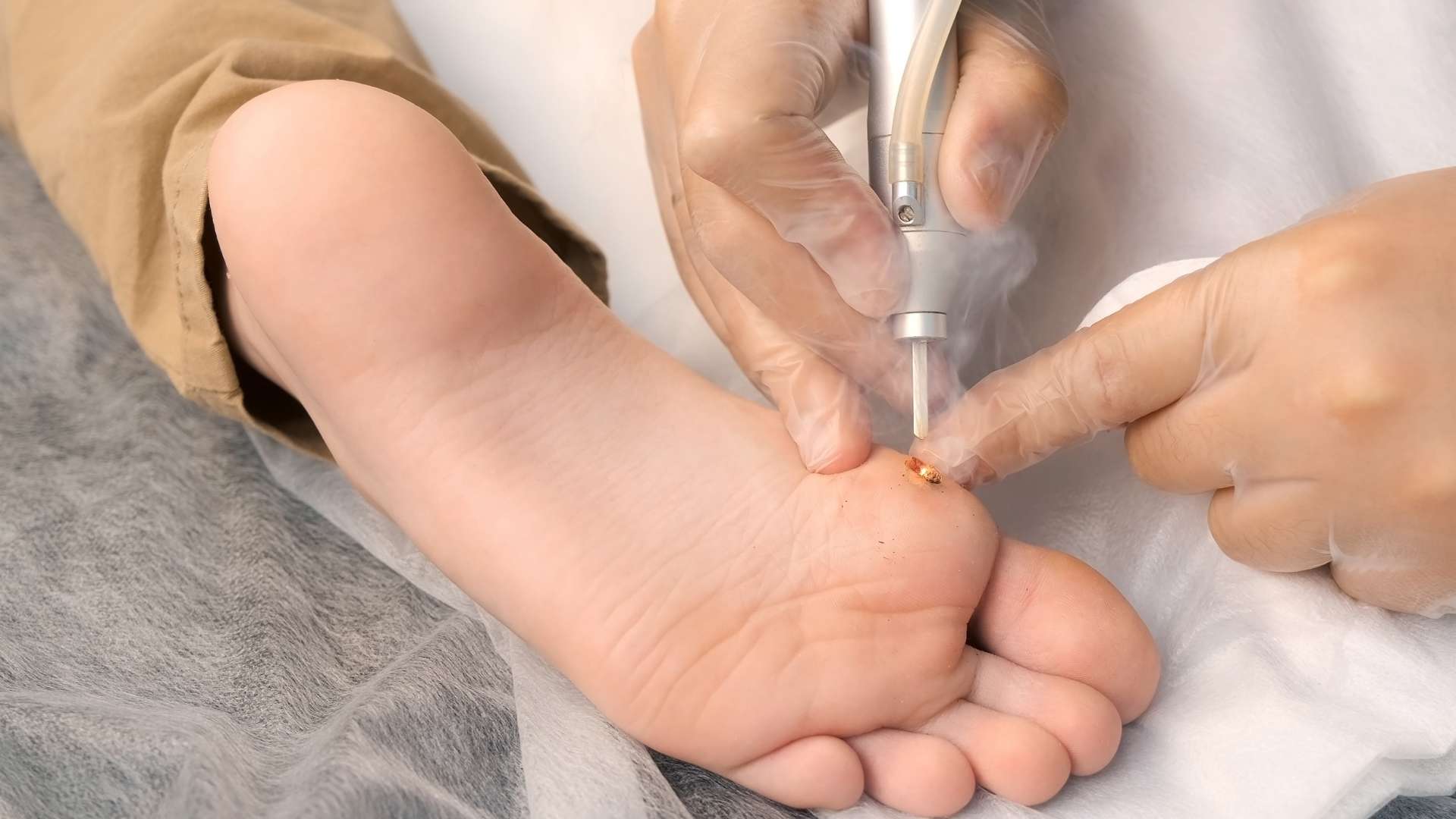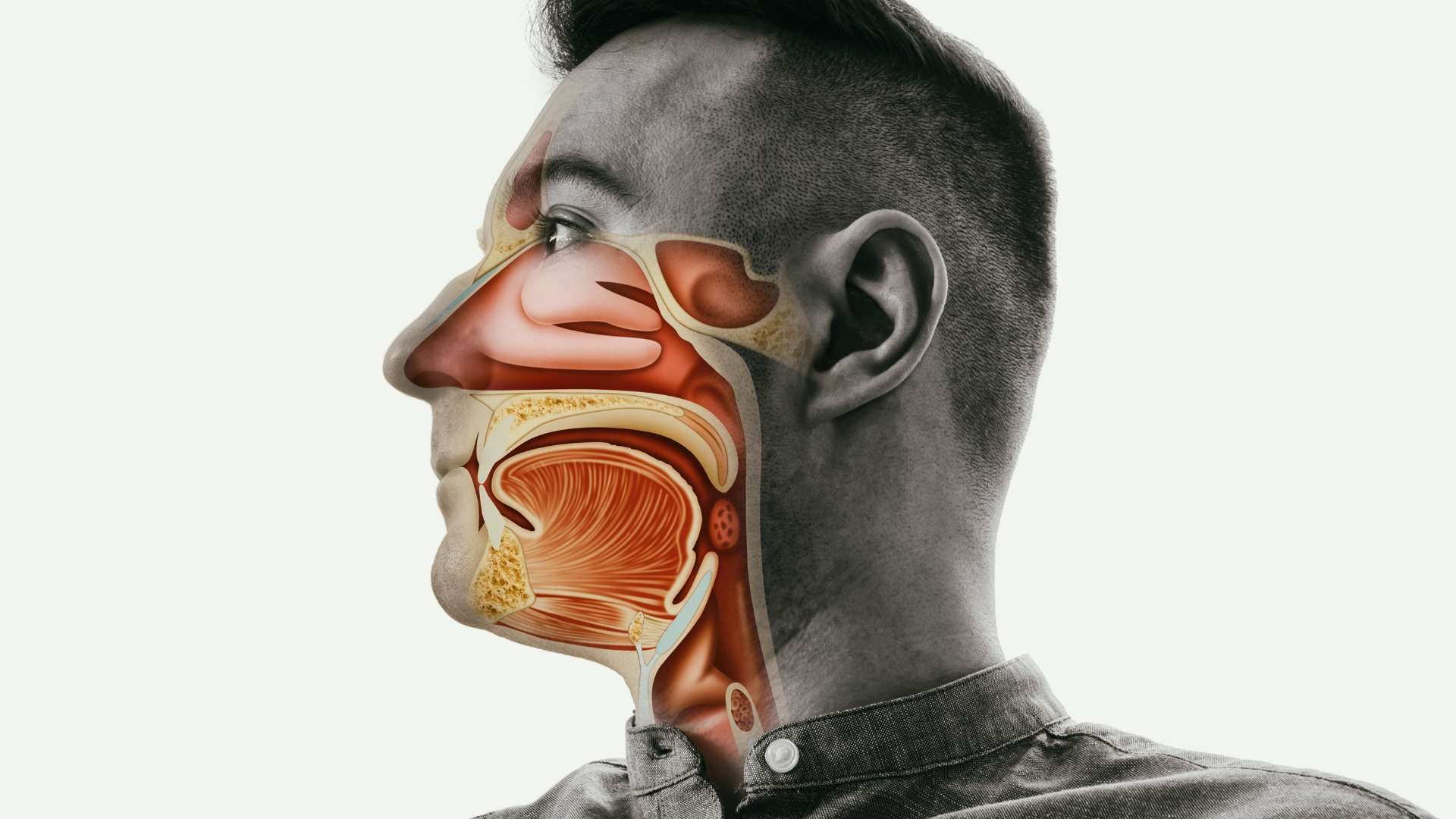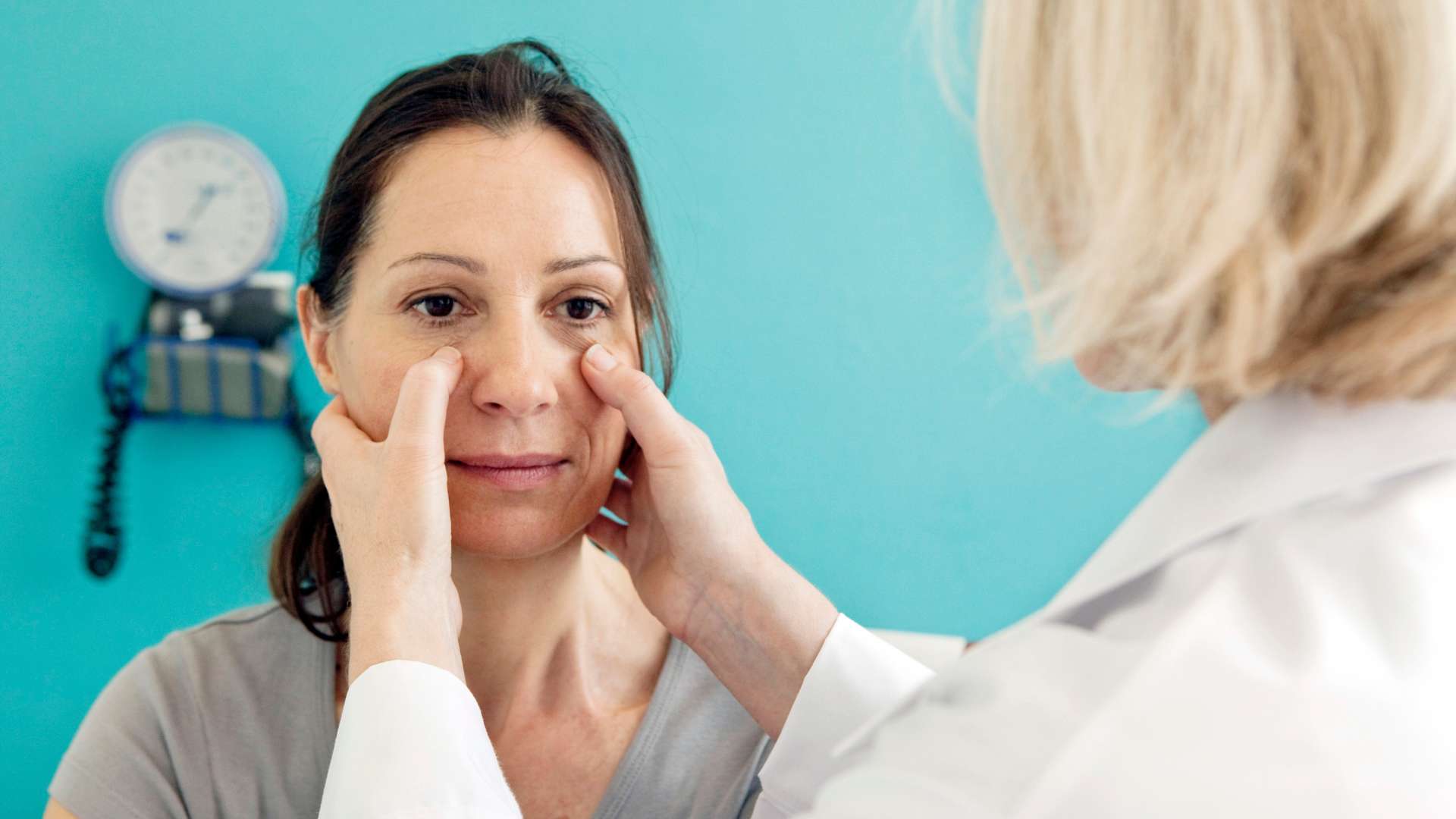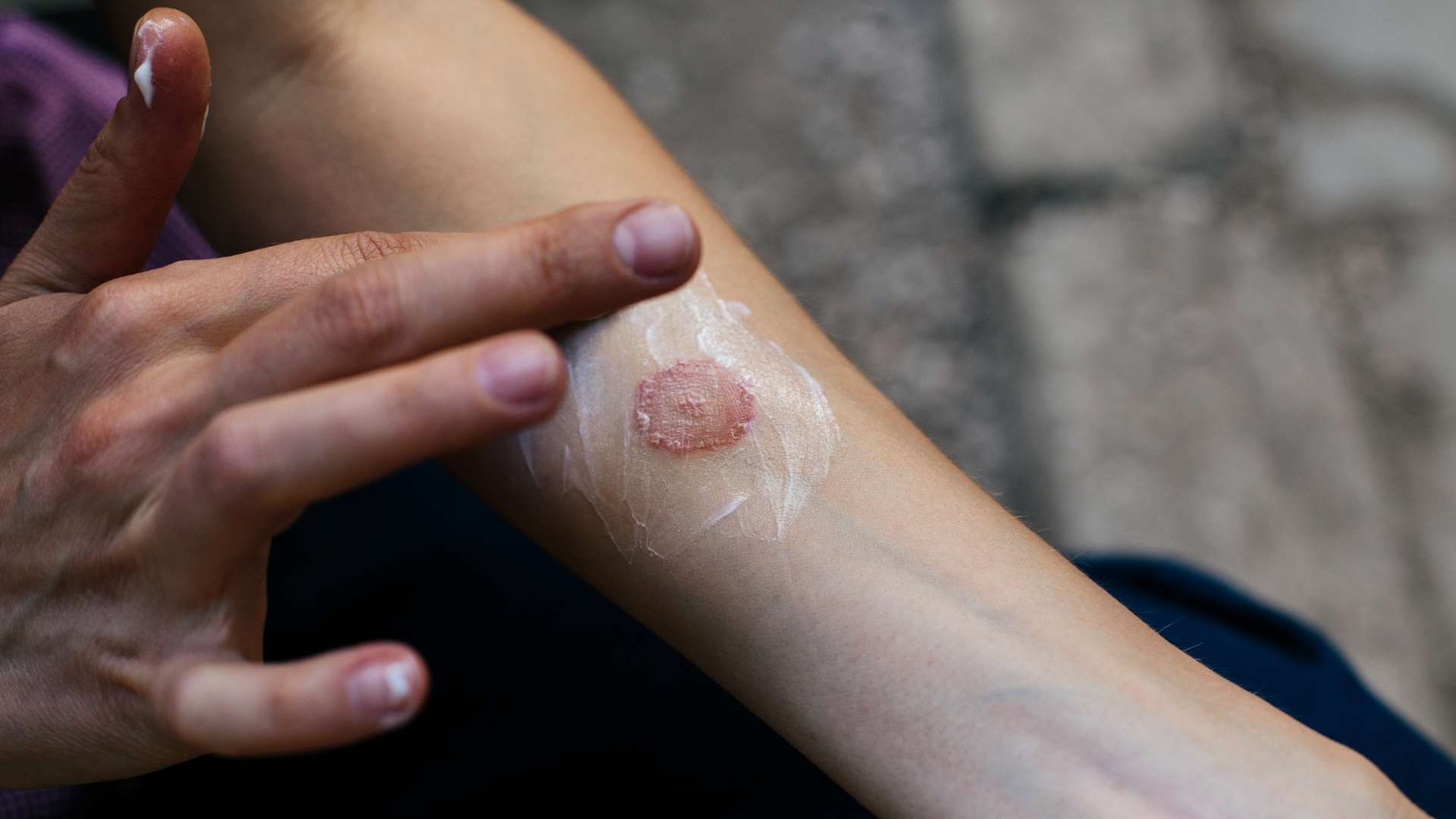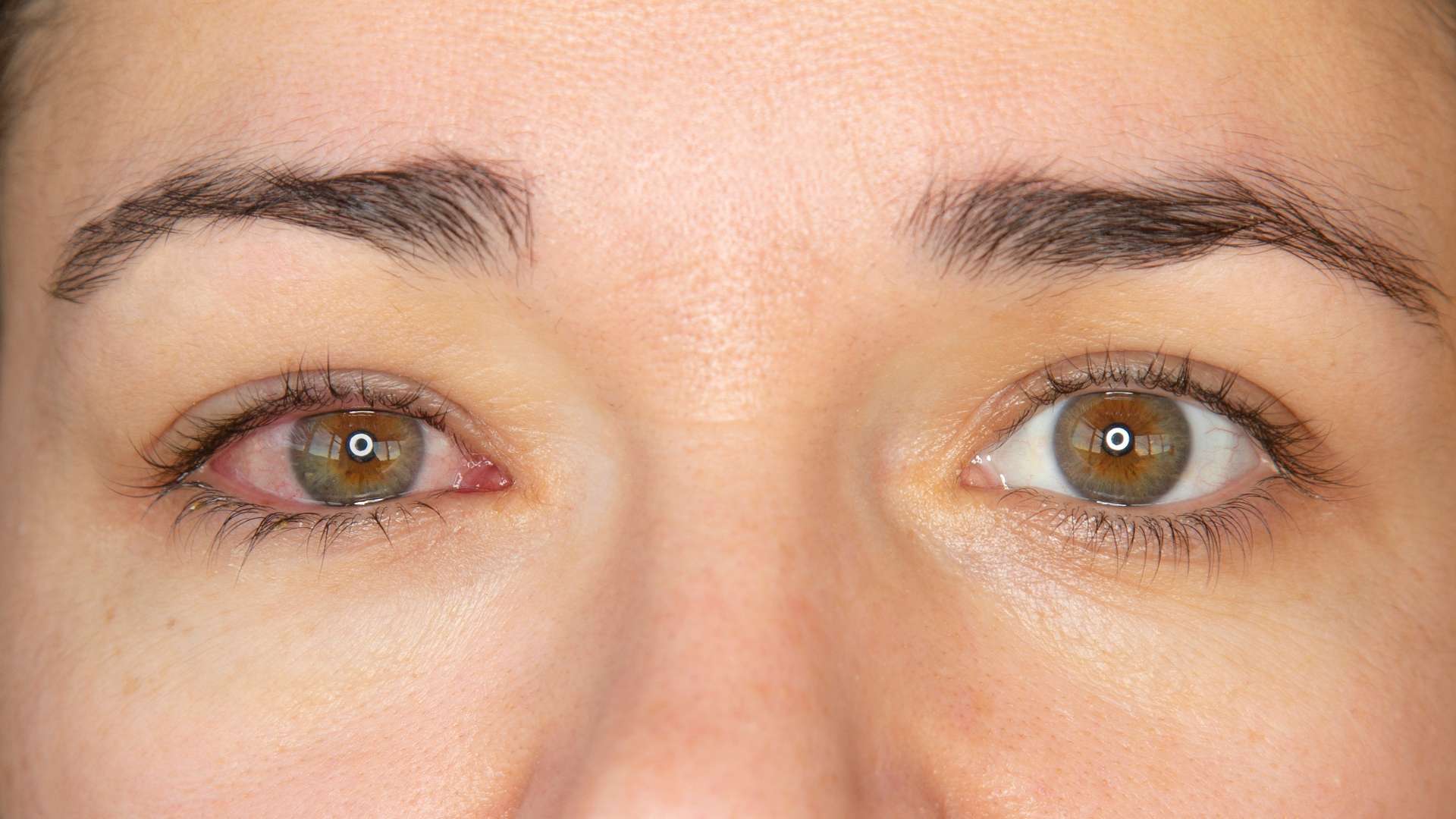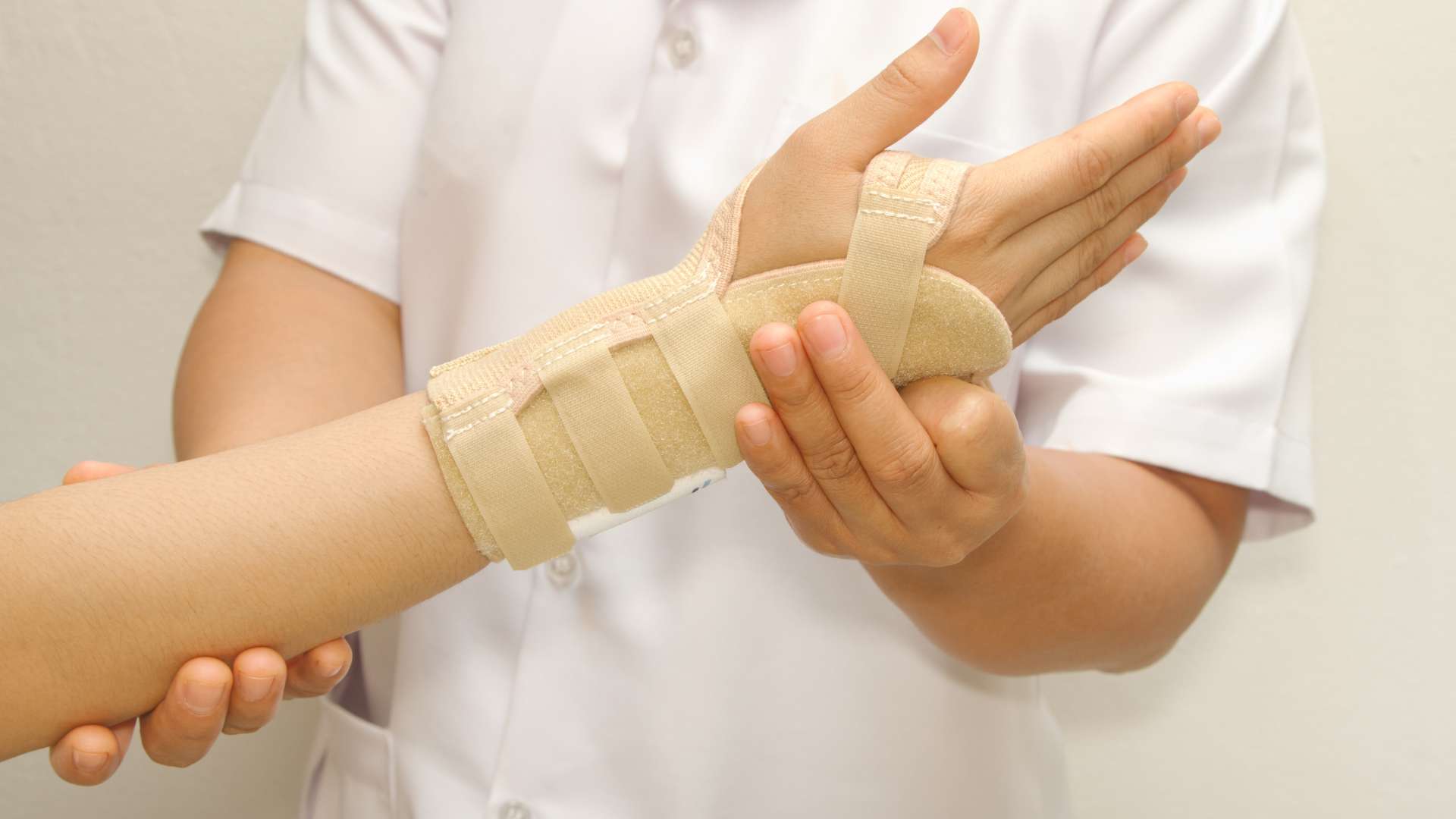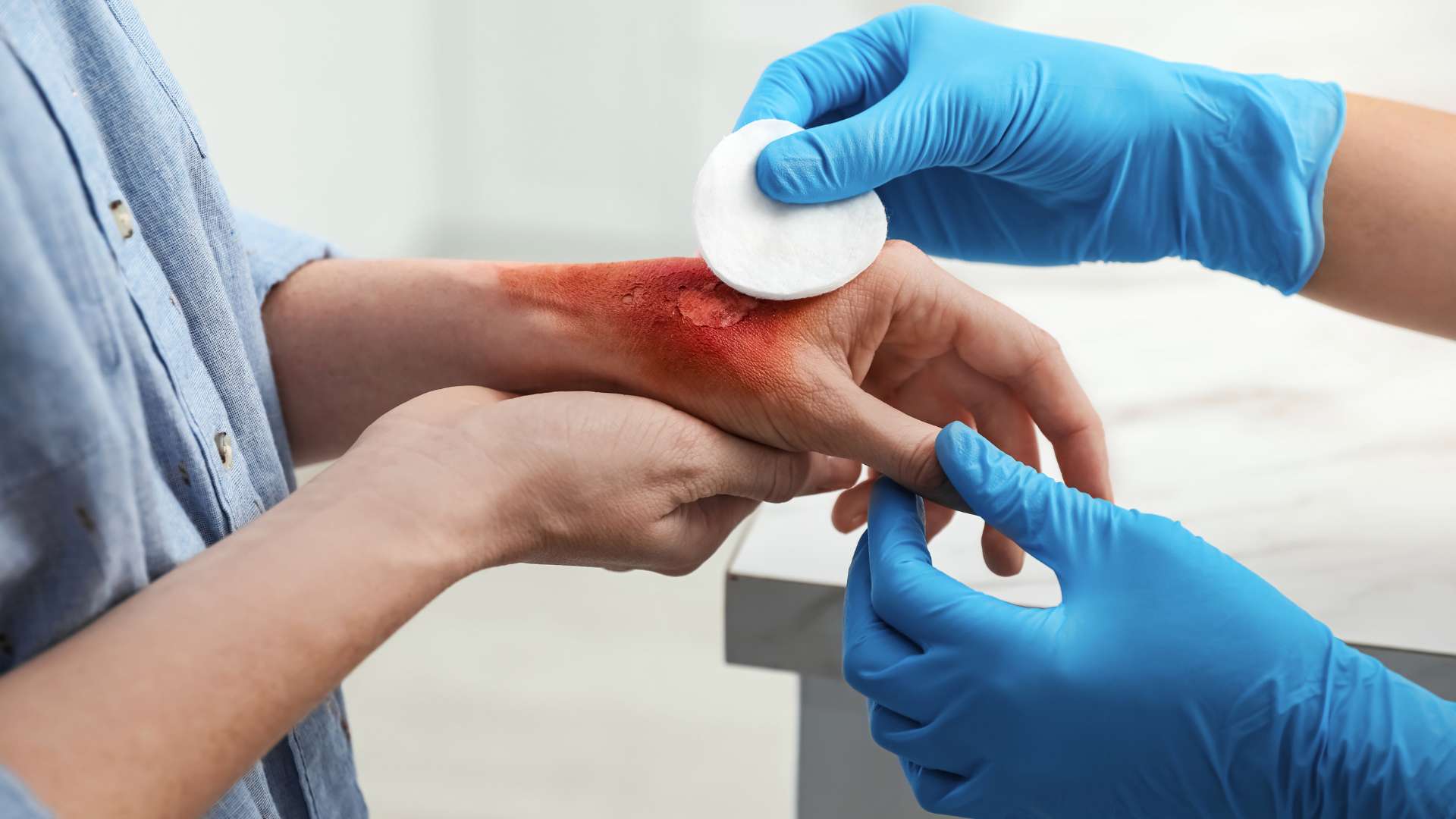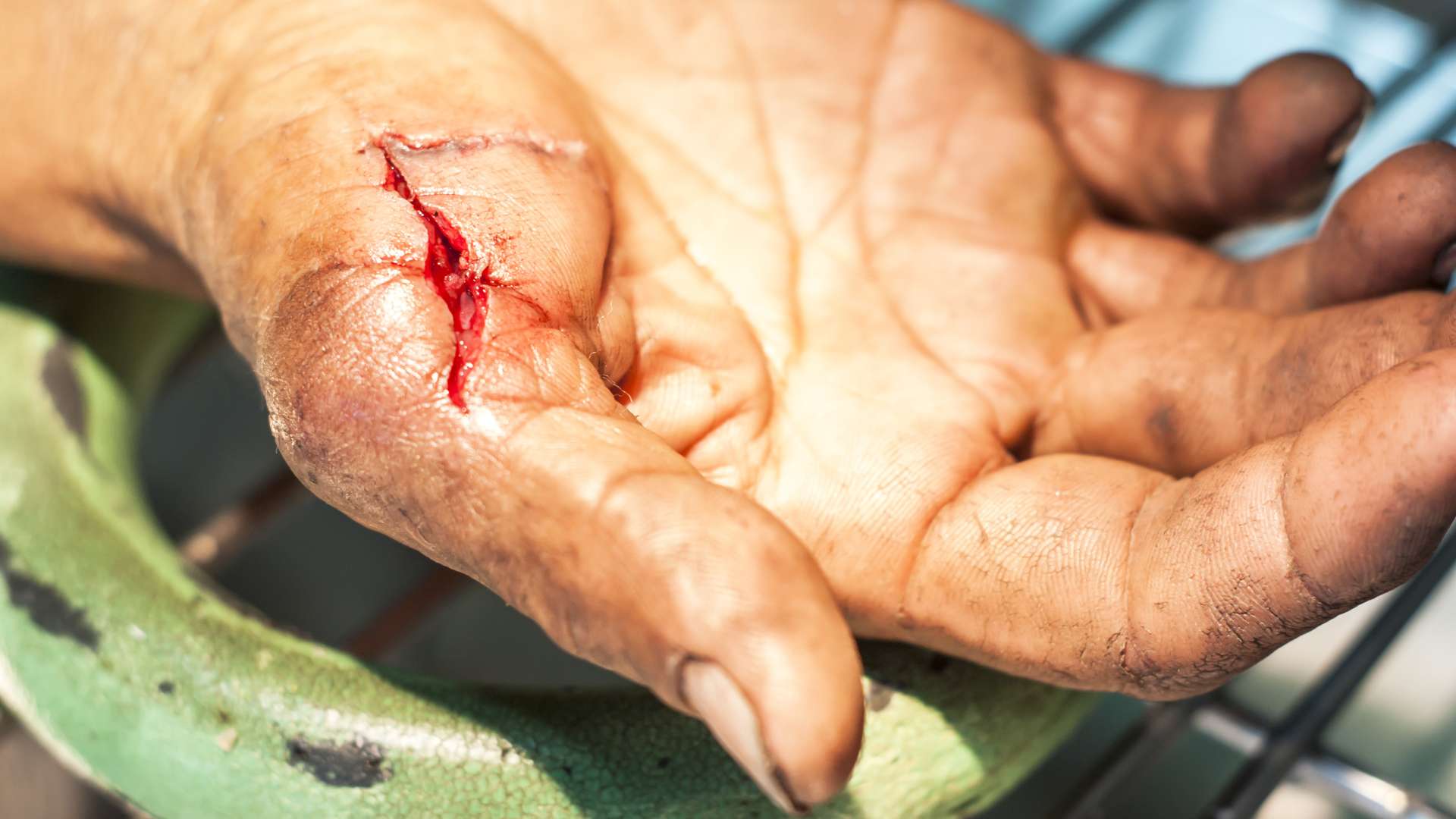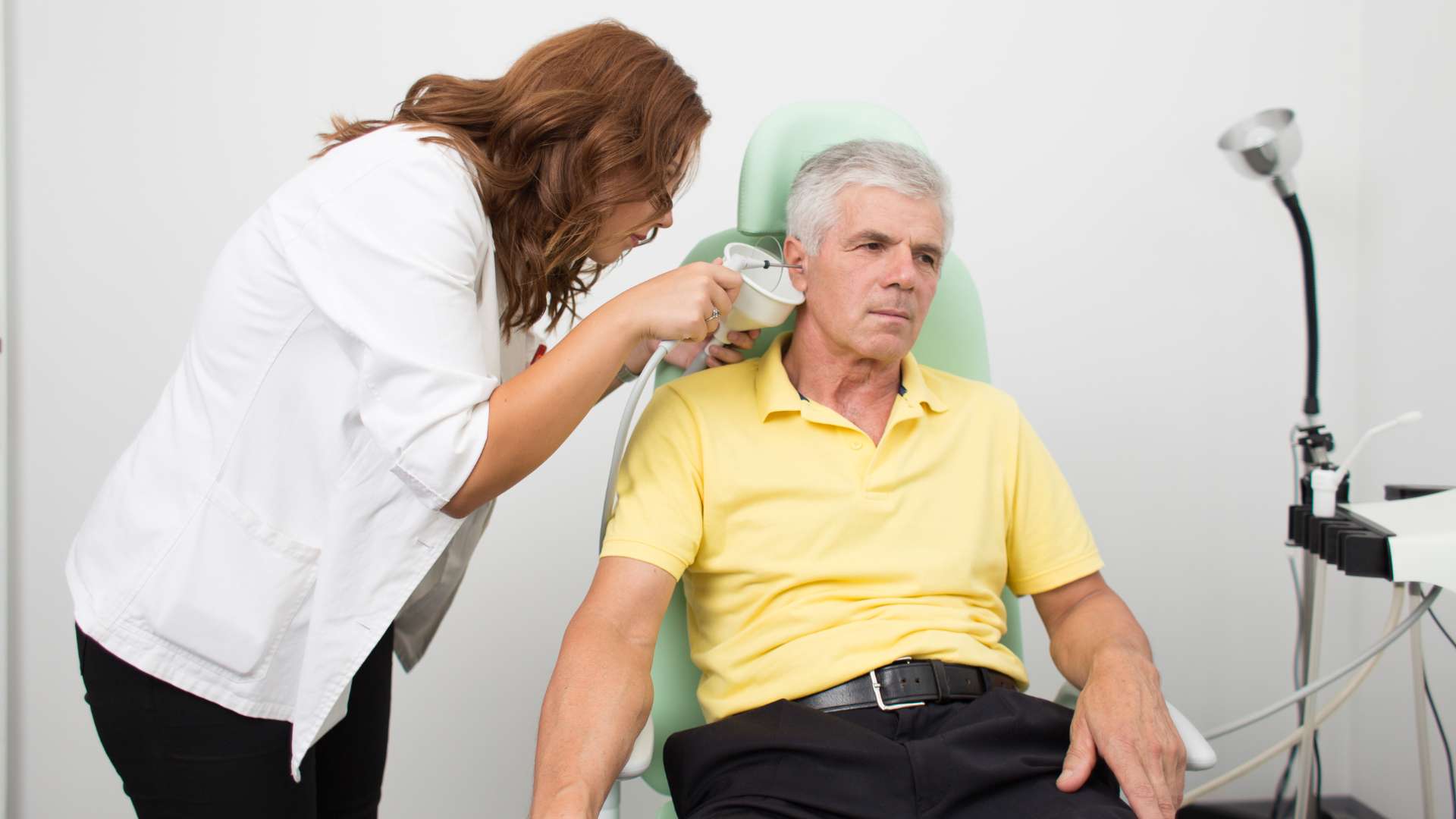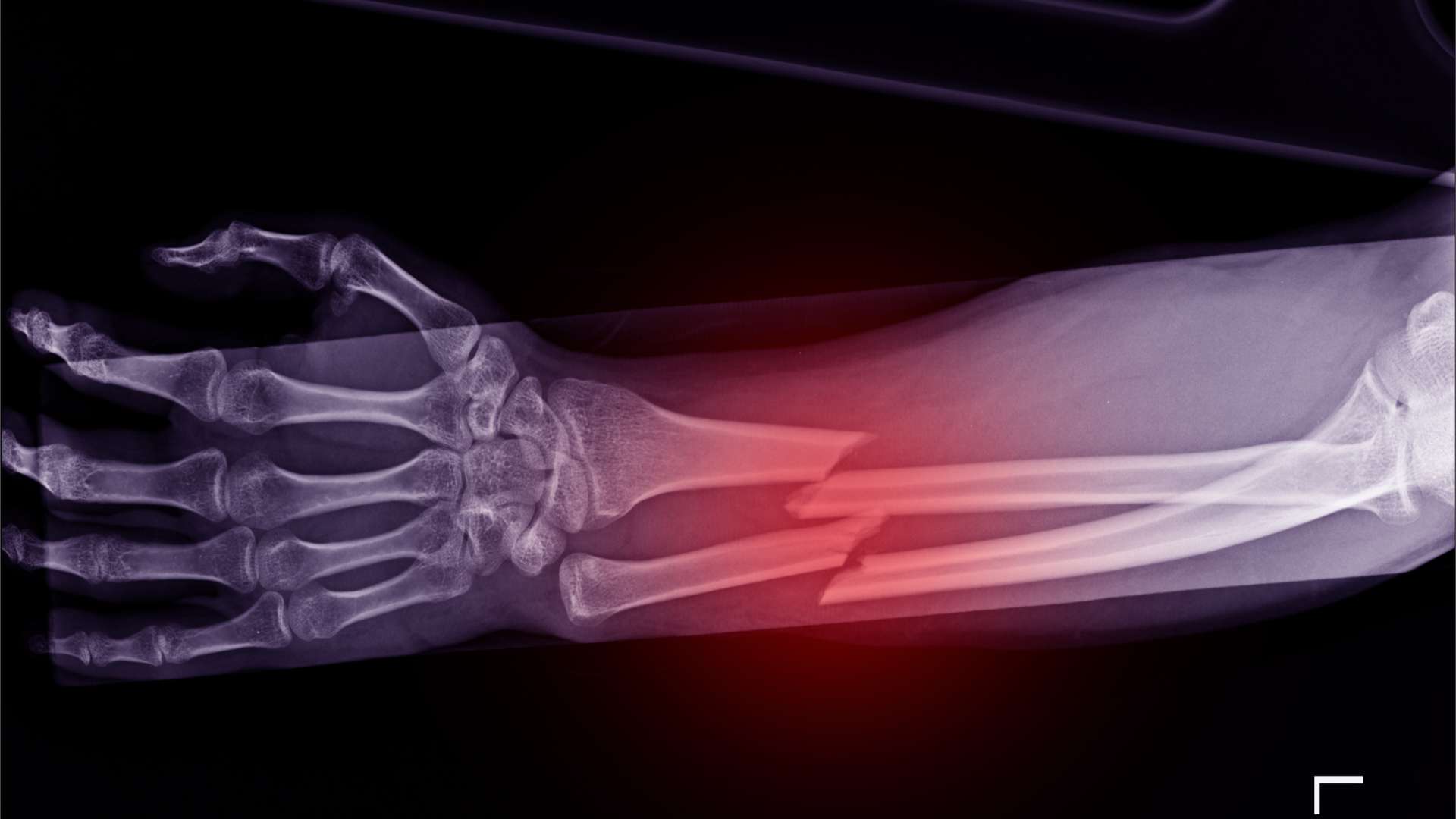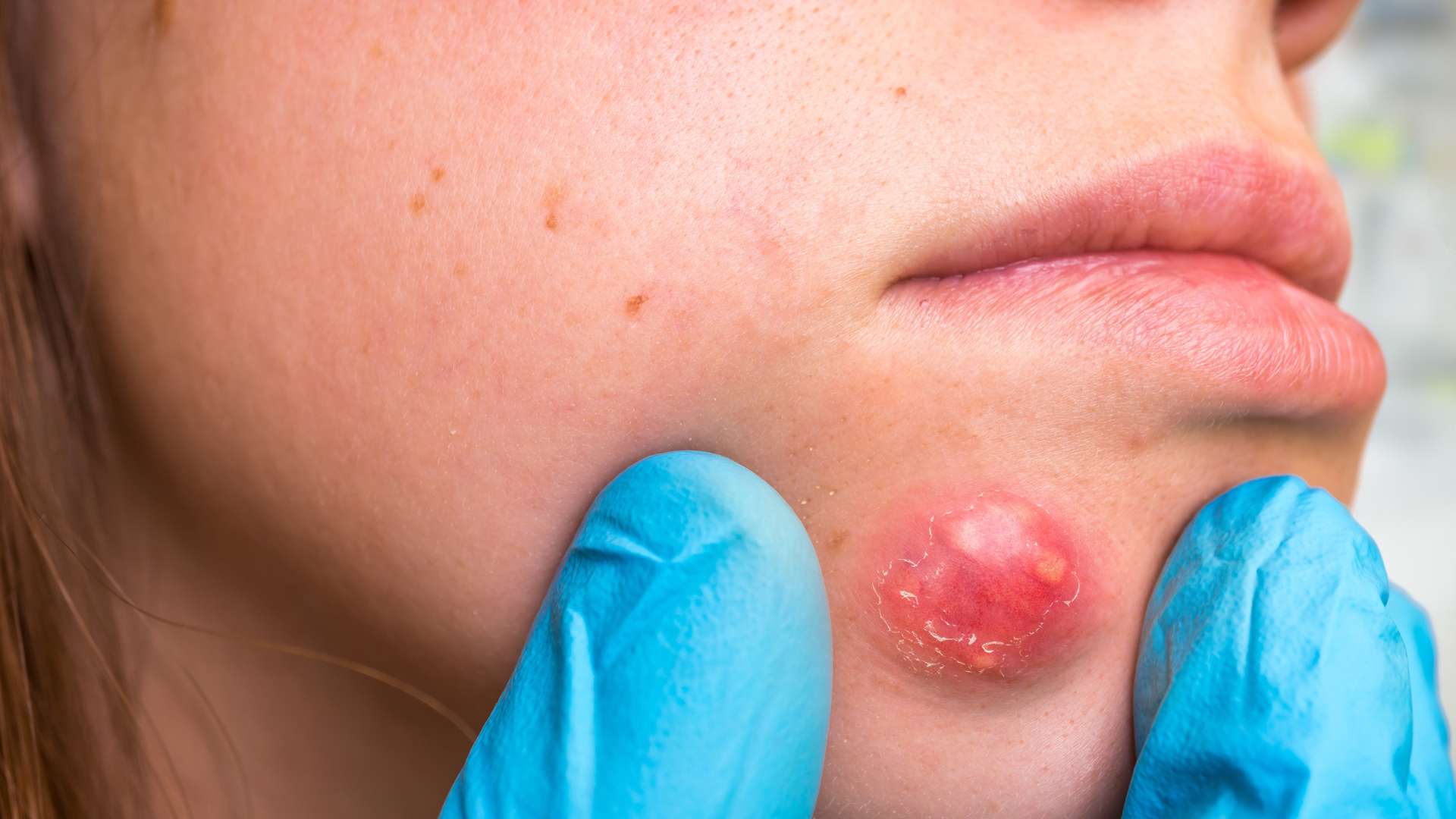Learn what Swimmer’s Ear is, explore its causes, how to care for it, discuss how various occupations may contribute to this condition, and highlight the importance of proper training and education in its prevention.
Defining Swimmer’s Ear
Swimmer’s Ear, also known as otitis externa, is an outer ear canal infection. It occurs when water becomes trapped in the ear canal, creating a moist environment ideal for bacterial or fungal growth.
How People Contract Swimmer’s Ear
Swimmer’s Ear is commonly contracted when water remains in the ear canal after swimming or other water-related activities. Prolonged moisture in the Ear can weaken the skin lining, making it susceptible to infection.
Caring for Swimmer’s Ear
Proper care for Swimmer’s Ear involves:
Keeping Ears Dry: Avoid exposing the ears to excessive moisture, and use earplugs or a swim cap while swimming.
Avoiding Ear Irritants: Refrain from inserting objects into the Ear, such as cotton swabs, which can irritate the ear canal and worsen the infection.
Using Ear Drops: Over-the-counter or prescription ear drops may be recommended to help clear the infection and reduce inflammation.
How Various Occupations Might Cause Swimmer’s Ear
Workers in specific occupational fields may be at higher risk of developing Swimmer’s Ear due to:
Lifeguards and Aquatic Instructors: Spending prolonged periods in water environments exposes the ears to moisture.
Pool Maintenance Workers: Frequent exposure to water while cleaning and maintaining pools can increase the risk of Swimmer’s Ear.
Water Park Staff: Employees working in water park facilities may be prone to Swimmer’s Ear due to prolonged water exposure.
Alleviating Discomfort of Swimmer’s Ear
If someone experiences Swimmer’s Ear, they can take the following steps to alleviate discomfort until they can see a medical professional:
Keep Ears Dry: Avoid activities that involve water exposure.
Over-the-Counter Pain Relievers: Over-the-counter pain relievers can help manage pain and discomfort.
Warm Compress: Applying a warm compress to the affected Ear can help soothe inflammation.
Preventing Swimmer’s Ear Through Training and Education
Proper training and education are vital in preventing Swimmer’s Ear in the workplace. Occupational Health Services can provide employees with information on ear care, the appropriate use of earplugs, and the importance of ear hygiene.
Frequently Asked Questions about Swimmer’s Ear
1. Can Swimmer’s Ear be contagious?
Swimmer’s Ear is usually not contagious, as it is primarily caused by water exposure rather than person-to-person contact.
2. Can I swim if I have Swimmer’s Ear?
It is advisable to avoid swimming until the infection has cleared to prevent further complications.
3. How long does it take for Swimmer’s Ear to heal?
The healing time varies depending on the severity of the infection, ranging from a few days to a couple of weeks.
Occupational Health Services is devoted to promoting the health and safety of your workforce. Contact us today to request an appointment and learn more about Swimmer’s Ear and essential preventive measures for a healthy work environment. Our expert healthcare services and resources will support your employees’ well-being, fostering a safer and more thriving workplace for your business.




